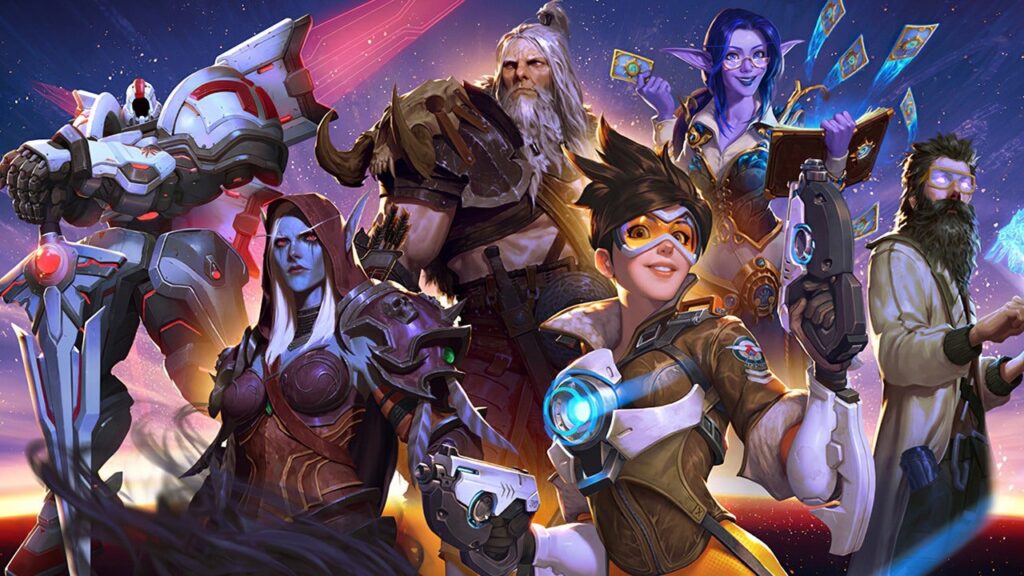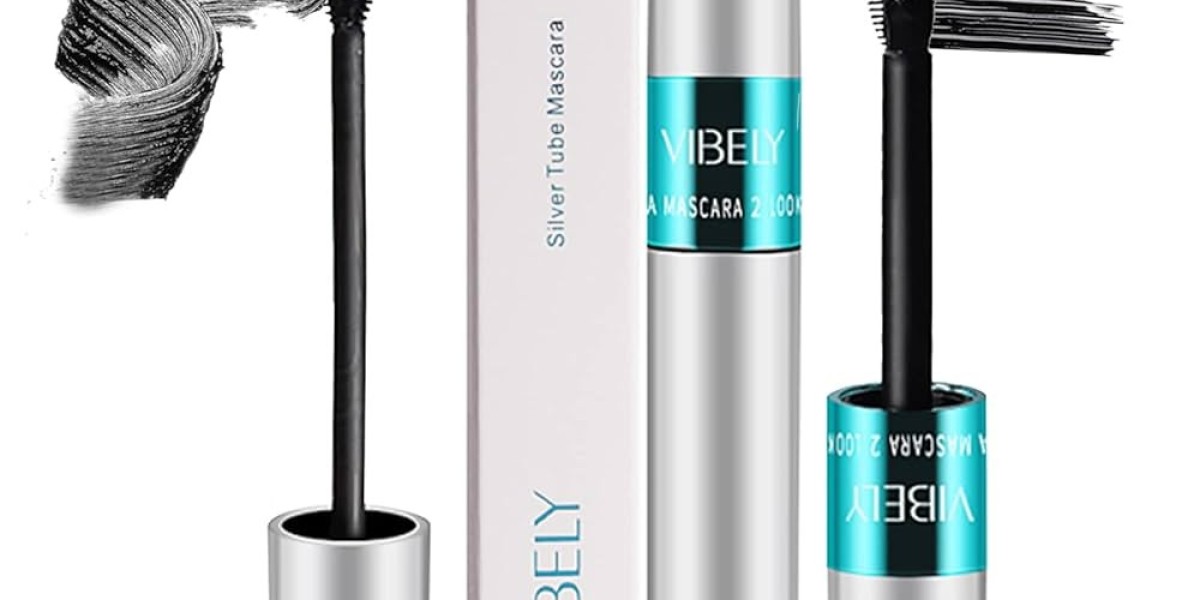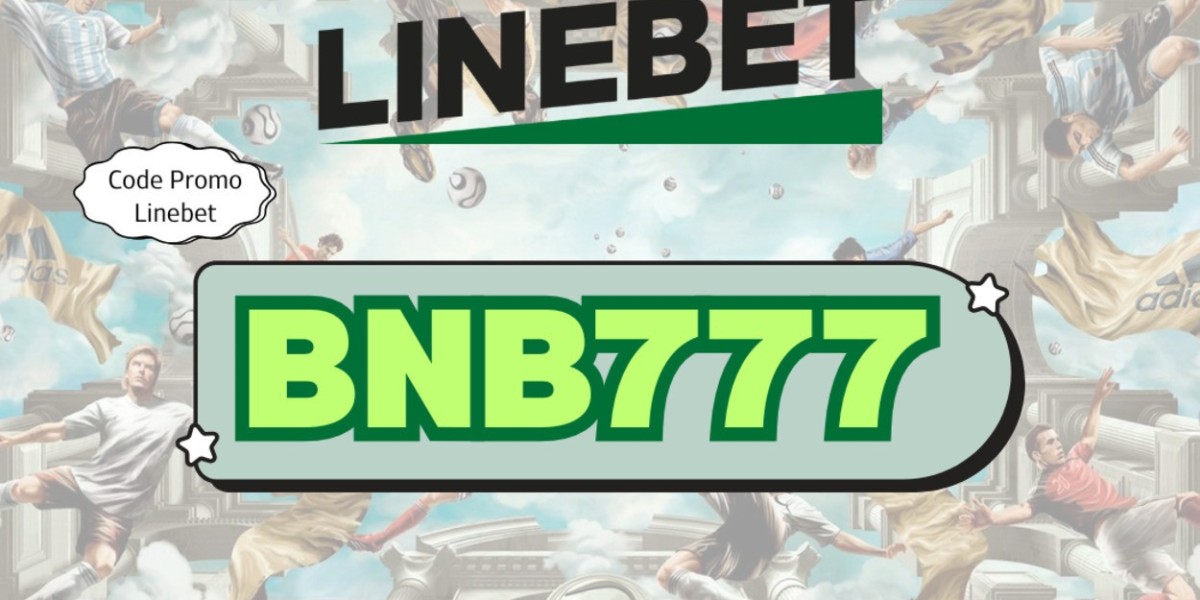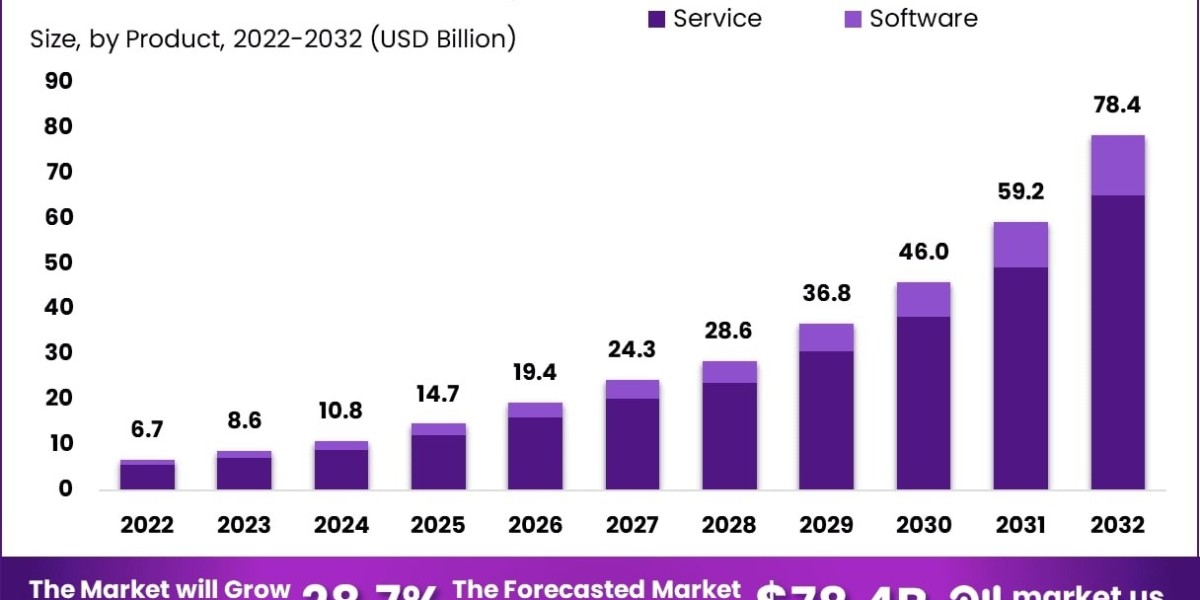Roblox helped shape a generation of user-generated games. From kids making obstacle courses to indie developers launching careers, it gave creators a stage. But let’s be honest: Roblox was only the beginning. The future? It belongs to the open metaverse. And for that, we need something much bigger, smarter, and more flexible than what Roblox ever offered.
The next phase of digital interaction demands modular creation tools. Tools that are scalable, interoperable, and open are not locked into a single platform. In this post, we explore how today’s developers are picking up where Roblox left off, and what a full-fledged metaverse game development solution looks like.
The Problem with Walled Gardens
Roblox is a closed ecosystem. Sure, it’s easy to build in, but what you make stays inside Roblox. You can’t port your creation to another platform. Your avatar can’t travel. Your assets are locked. That’s a big problem in a world chasing decentralization and digital freedom.
This closed-loop design stifles innovation. It limits creators who want to build once and deploy everywhere. For the open metaverse to thrive, creation tools must go beyond play; they must empower portability, ownership, and creative independence.

What Modular Actually Means
So, what are modular creation tools? Think Lego for game design. Instead of monolithic engines that demand deep coding, you get plug-and-play systems:
Drag-and-drop environments
Reusable logic blocks
Component-based avatars and systems
Marketplace-ready assets
It’s about giving creators freedom to build complex systems from smaller, editable units. These modules can be shared, remixed, upgraded, or sold. The more modular the tool, the faster and more scalable metaverse development becomes.
The Rise of Creator Economies
The metaverse thrives on user-generated content. Games, social hubs, fashion, virtual homes everything is made by creators. But for this economy to work, we need creation tools that reward creators fairly and allow them to scale.
Unlike Roblox, which takes a big cut from its developers, modern platforms are shifting to creator-first revenue models. That means:
Transparent royalty systems
NFT-based ownership of assets
Revenue splits through smart contracts
A true metaverse game development solution must include not just tools for building, but systems for monetizing.
Breaking the Code Barrier
Not every creator is a programmer. In fact, most aren’t. That’s where visual scripting and no-code tools come in. They let anyone build logic without writing a line of code. Roblox started this idea, but the tools were still too game-specific.
Modern no-code frameworks now offer modular logic tools that can:
Animate characters
Script quests
Add game mechanics
Connect to blockchains
By lowering the barrier to entry, we invite more voices into the metaverse. And that diversity drives better worlds, stories, and economies.
Interoperability Is Non-Negotiable
You can’t have a real metaverse without interoperability. Your avatar, gear, and creations should travel with you across worlds. That means tools must follow shared standards and open frameworks like:
OpenUSD for 3D assets
GLTF and FBX for models
Ethereum and Solana for asset ownership
Unlike Roblox’s walled approach, the future lies in tools that export and import across ecosystems. This is where an open metaverse game development solution truly sets itself apart.

Modular AI: The Secret Weapon
AI is changing how we build. Need a tree generator? AI. Need to voice 100 NPCs? AI. Want to animate complex facial reactions? AI. But the best part? These systems are becoming modular too.
Developers now use plug-in AI tools that slot into game engines. Think:
AI level designers
Voice synthesis APIs
NPC personality generators
By making these tools modular, creators can drag and drop AI-enhanced features into their world without building them from scratch. The result? Faster, smarter development.
Real-World Use Cases Emerging Now
Several new platforms are already delivering what Roblox didn’t. Take a look:
Mona: A platform for building interoperable, monetizable 3D worlds.
Overte (Fork of Vircadia): Decentralized social VR with modular tools.
Webaverse: Browser-first metaverse with open standards.
Oncyber: No-code 3D space creator for NFTs and art experiences.
These are not future promises, they're live examples of how creators are finally getting what they need: flexible, scalable, modular tools.
Community Is the Missing Interface
Tools alone don’t build a metaverse. People do. And they need space to learn, experiment, and collaborate. Open creation platforms must build communities alongside their tools:
Forums and chat hubs
Asset-sharing libraries
Creator education programs
Mentorship and competitions
Roblox has a community, but it’s siloed. The next wave of creators needs open-source spirit, shared knowledge, and cross-platform support.
Final Thoughts
The open metaverse is coming fast. And to build it, we need tools that invite everyone to create, not just elite devs or closed-platform pros. Roblox may have kicked off a movement, but it didn’t finish the job.
Now it’s our turn.
The best metaverse game development solution won’t just let you make a game. It will help you build a world, grow a community, and own your creation across platforms. It will be modular. It will be open. And it will reward creativity like never before. Just look at the momentum behind platforms like Fortnite which evolved from a battle royale to a full-blown creator economy. People often wonder, how much do Fortnite make a day? The answer: millions. Not just from players, but from creators, brands, and partnerships. So if you're building the next big metaverse experience, aim higher than the last generation. Build smarter. Build open. Build modular.






